 The term new media refers to forms of media created by new technology systems. What are some examples of new media? What kind of development process have new media gone through with the rapid development of technologies today? What can we do to extend the application of new media and access to it?
The term new media refers to forms of media created by new technology systems. What are some examples of new media? What kind of development process have new media gone through with the rapid development of technologies today? What can we do to extend the application of new media and access to it?
This is not only what general organizations should think of in the information era, but also part of the primary mission of the Open University of China (OUC).
On March 21, 2014, the Conference on New Media Application was held at the OUC headquarters in Beijing. The OUC Vice President Zhang Shaogang chaired the conference, which was attended by a total of about 50 people, including relevant leaders of some provincial and municipal RTVUs, responsible persons from different sections, and other OUC personnel. The lecture was also live-streamed to meeting rooms at the Dalian Branch and the Corps Branch via the OUC “cloud classroom”, with the remote audiences able to interact with the broadcast site participants.
Deputy Director Yang Chenguang of the Network Section of the News Centre of the Ministry of Education (MOE) elaborated on the open, fissile, and interactive characteristics of new media with his discourse: Characteristics and Thought on News Publicity in New Media Age, and analyzed the new media influence on instantaneous information transmission. He used the MOE microblog “education through sublime words” as an example, and elaborated on the experience gained. Since the opening of “education through sublime words”, various channels such as breaking news, exclusive releases, micro live broadcasts, micro interviews, micro activities, micro topics, and official micro-leagues, have been used to publicize policies, interact with others, hold activities, tell stories, and offer services. Such services have made for timely information release, the control of public opinion, service to netizens, response to public concerns, image portrayal, construction of a general online and offline continuity, and other functions. Yang Chenguang proposed a three-pronged approach to the OUC's new media applications: to strengthen positive publicity, to improve the ability of public opinion control, and to enhance the awareness of public opinion guidance.
The famous columnist and senior media analyst Zhang Chunwei pointed out the role omnimedia has played in the process of improving transmission efficiency in a lively and energetic way by analyzing numerous cases in her presentation Racing from New Media to Omnimedia. According to Zhang, the audience is divided, the monopoly on information dissemination has been broken up, the freedom of the public’s use of information is extremely extended, and the transmission efficiency and speed of new media outlets is much greater than ever before. In the “race” from new media to omnimedia, various transmission vehicles have to function effectively to create three-dimensional communication and to upgrade the communication efficiency in a powerful way based on well prepared content via “crossovers”.
“In 2013, the OUC has enhanced the school's brand image and taken the voice of the OUC to the socially connected public in an all-round way via new media vehicles such as news net, times weekly, dianda.china.com.cn, and the official microblog”. This is the experience of Director Xiong Yingjin of the OUC Department of News and Public Information, who shared in creating the school brand via new media. She also introduced the progress and future vision of the school’s official WeChat. Next, the local open universities and RTVUs shared their experience in using the new media, how the Corps RTVU and Sichuan RTVU controlled public opinion via their microblog, how Shanghai Open University created an APP client, and how the Zhejiang RTVU is cooperating with Zhejiang online and other institutions.
This conference was held against the background of the OUC’s study and implementation of the relevant MOE document and strengthening the application of official WeChat, microblog, mobile client and other new media technologies. It is important to be able to change traditional thinking and improve understanding of the new media in the era when anyone can become a media outlet. “In order to foster the influence of the OUC brand via new media, we should improve our ability to utilize new media, create a harmonious new media alliance for the OUC system, and make full use of the new media to disseminate and safeguard the brand. In addition, we should also intensify the study on the concern and focus on how these services can be used to improve peoples' lives through better communication efficiency”, said the OUC Vice President Zhang Shaogang at the conclusion of the conference.

Vice President Zhang Shaogang chaired the conference, where the Dalian Branch and the Corps Branch were able to interact with the broadcast site via the cloud classroom

Deputy Director Yang Chenguang of the Network Section of the News Centre of the MOE sharing experience on working with new media
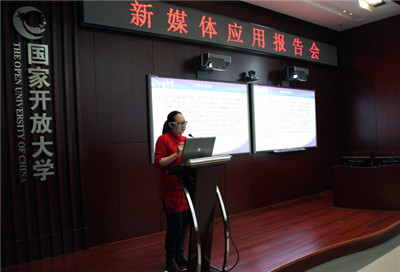
Senior media analyst and famous columnist Zhang Chunwei delivering her lecture: Racing from New Media to Omnimedia
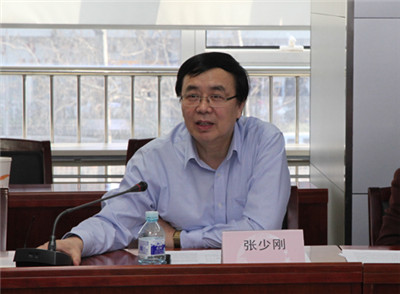
OUC Vice President chairing the conference

The Corps RTVU Party Secretary Lv Xiong giving a speech

Director Xiong Yingjin of the OUC Department of News and Public Information sharing his experience on enhancing the school brand via new media
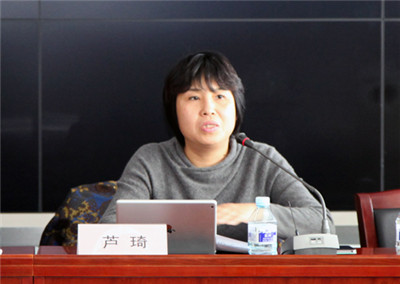
Director Lu Qi of the Publicity Department of Shanghai Open University giving her experience
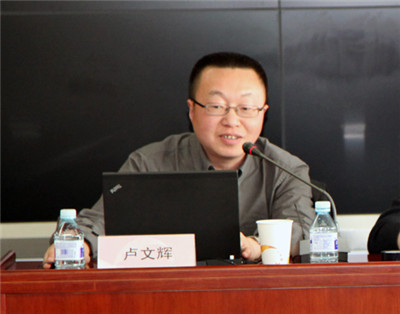
Director Lu Wenhui of the Publicity Department of Zhejiang RTVU sharing his experience
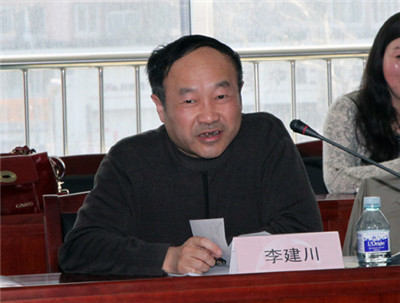
Deputy Secretary of Sichuan RTVU CPC Committee giving a speech
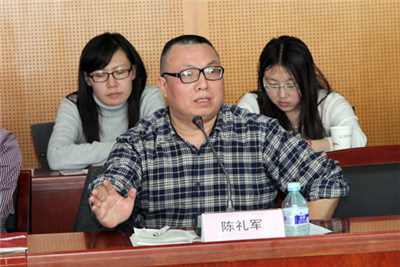
Director Chen Lijun of the Publicity Department of Sichuan RTVU sharing his experience

Vice President Deng Bing of Hainan RTVU giving his experience
By Yu Minsheng, the OUC